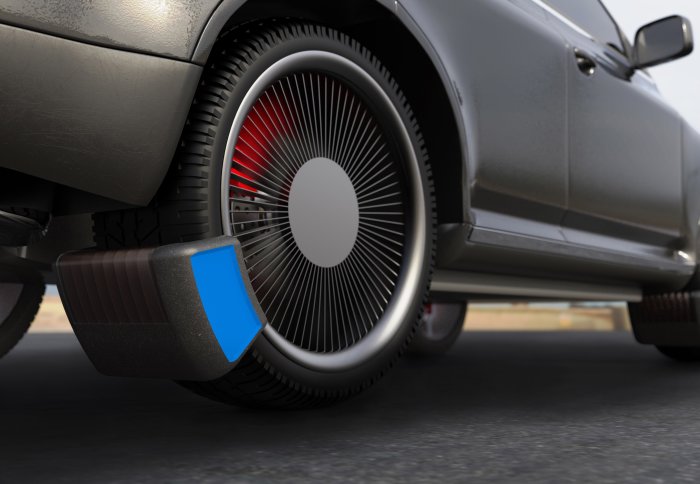I hate to post a link to The Express but this one is too egregious to pass by....

 www.express.co.uk
www.express.co.uk
 I'm no rocket scientist but if a tyre actually shed 5.8 grams of mass per kilometre an entire ~10Kg tyre would be gone in 1724 kilometres!
I'm no rocket scientist but if a tyre actually shed 5.8 grams of mass per kilometre an entire ~10Kg tyre would be gone in 1724 kilometres! 
The weasel words are "brand new tyres" - brand new tyres still have release compound on them to release the rubber from the moulds, this stuff is quite slippery but wears off in about 50 miles of driving, so I could potentially see 5.8 grams of release compound shedding from a brand new tyre. Well, so what ? ICE vehicles have tyres that when new have release compound on them as well ? Does anyone know what the release compound is that coats new tyres and whether it would produce particulates like the rubber ? I suspect it's not rubber...

Tyres could be more polluting than car exhausts
ELECTRIC cars may not completely fix vehicle pollution rates after new research found exhaust emissions were not the most polluting car part.
Come on. 5.8 grams of "emissions" per kilometre ?
The weasel words are "brand new tyres" - brand new tyres still have release compound on them to release the rubber from the moulds, this stuff is quite slippery but wears off in about 50 miles of driving, so I could potentially see 5.8 grams of release compound shedding from a brand new tyre. Well, so what ? ICE vehicles have tyres that when new have release compound on them as well ? Does anyone know what the release compound is that coats new tyres and whether it would produce particulates like the rubber ? I suspect it's not rubber...






